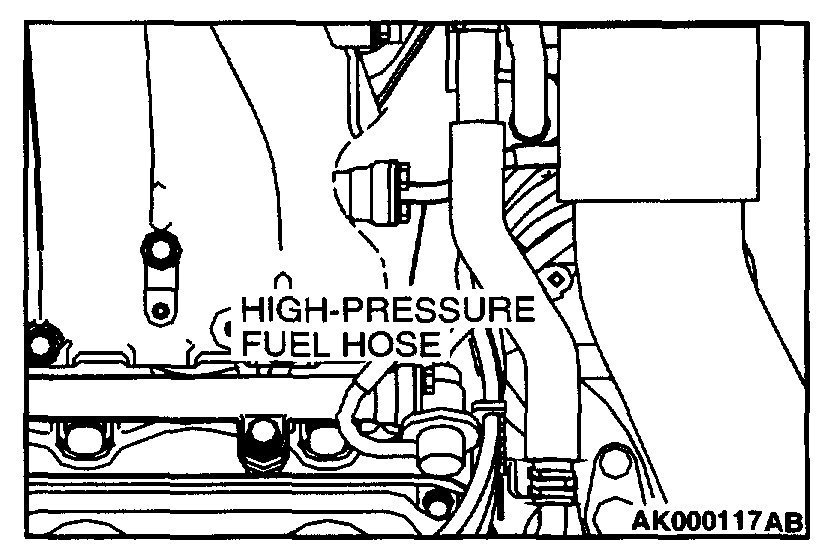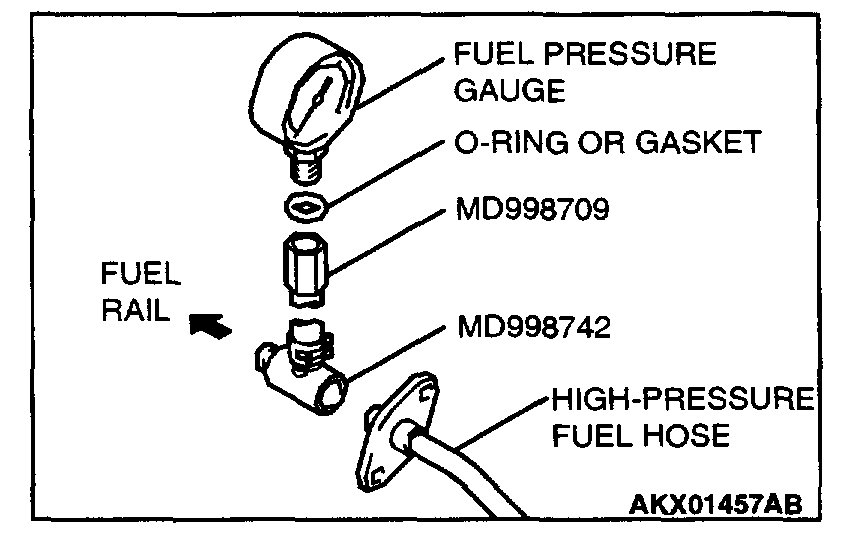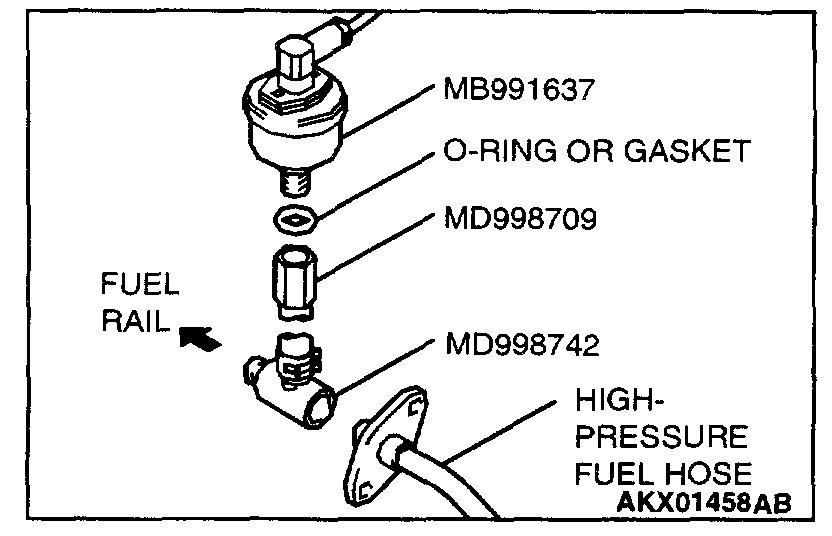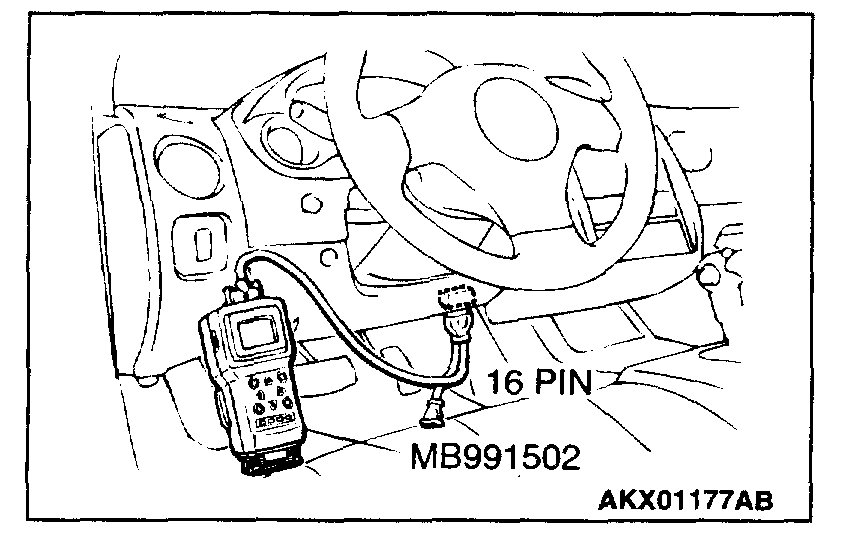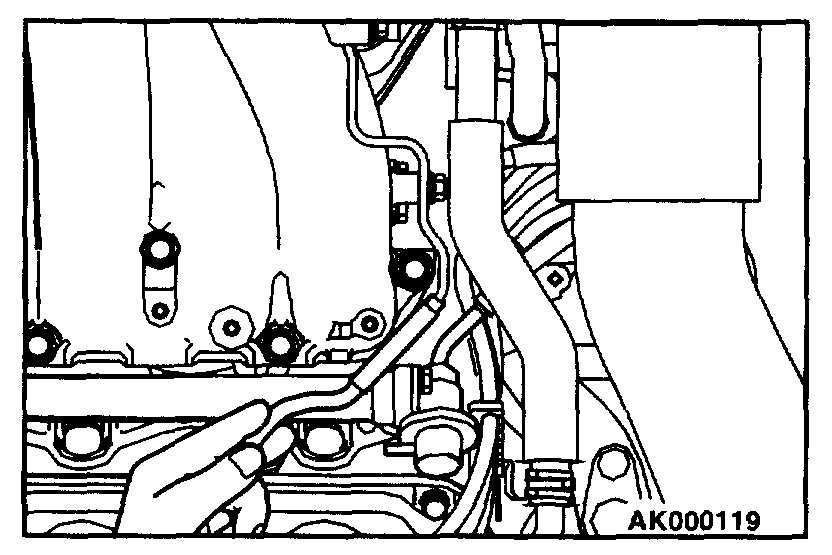HI and thanks for using 2CarPros.com.
If everything was red hot, it was running extremely rich or the catalytic converter is plugged. The first thing I would do is recheck the fuel pump pressure. Make sure the fuel pressure regulator is working and not allowing too much pressure to build.
Here are a couple links that show how to check both:
https://www.2carpros.com/articles/how-to-check-fuel-system-pressure-and-regulator
Now, since the vehicle is an 2003, it has OBD2 diagnostics. If there was a misfire, you need to scan the computer to determine which cylinder or cylinders were the problem. If one of the injectors is stuck open, it will dump fuel causing the issue. If you can narrow it down to which cylinder, then we can check that injector. Here are some general directions for testing the fuel injectors. If you find the specific cylinder, make sure it is getting spark and the injector isn't sticking open.
https://www.2carpros.com/articles/how-to-test-a-fuel-injector
https://www.2carpros.com/articles/how-to-test-an-ignition-system
Here are fuel pressure testing specific to your vehicle. It will require a scanner to complete:
All attached pictures correlate with these directions.
___________________________________-
COMPONENT TESTS AND GENERAL DIAGNOSTICS
FUEL PRESSURE TEST
Required Special Tools:
- MB991502: Scan Tool (MUT-II)
- MB991637: Fuel Pressure Gauge Set
- MD998709: Adaptor Hose
- MD998742: Hose Adaptor
1. Release residual pressure from the fuel line to prevent fuel spray.
WARNING: To prevent a fire, cover the hose connection with shop towels to prevent splashing of fuel that could be caused by some residual pressure in the fuel pipe line.
2. Disconnect the high-pressure fuel hose at the fuel rail side.
3. Assemble the fuel pressure measurement tools as follows.
1. Remove the union joint and bolt from special tool MD998709 (adaptor hose) and instead attach special tool MD998742 (hose adaptor) to the adaptor hose.
2. Place a suitable O-ring or gasket on the assembled special tools MD998709 and MD998742 and install the fuel pressure gauge.
3. Install the assembled fuel pressure measurement tools between the fuel rail and high-pressure fuel hose.
1. Remove the union joint and bolt from special tool MD998709 (adaptor hose) and instead attach special tool MD998742 (hose adaptor) to the adaptor hose.
2. Install special tool MB991637 (fuel pressure gauge set) into assembled special tools MD998709 and MD998742 via a gasket.
3. Install the assembled fuel pressure measurement tools between the fuel rail and the high-pressure fuel hose.
CAUTION: To prevent damage to scan tool MB991502, always turn the ignition switch to the "LOCK" (OFF) position before connecting or disconnecting scan tool MB991502.
4. Connect scan tool MB991502 to the data link connector.
5. Use Actuator test 07 to drive the fuel pump. Check that there is no fuel leaking from any section when the fuel pump is operating.
6. Stop the fuel pump.
7. Start the engine and run at idle.
8. Measure fuel pressure while the engine is running at idle.
Standard value: Approximately 270 kPa (38 psi) at curb idle
9. Disconnect the vacuum hose (blue stripe) from the fuel pressure regulator and measure fuel pressure with the hose end closed with your finger.
Standard value: 330 - 350 kPa (47 - 50 psi) at curb idle
10. Check to see that fuel pressure at idle does not drop even after the engine has been revved several times.
11. Revving the engine repeatedly, hold the fuel return hose lightly with your fingers to feel that fuel pressure is present in the return hose.
NOTE: If the fuel flow rate is low, there will be no fuel pressure in the return hose.
12. If any of fuel pressure measured in steps 8 to 11 is out of specification, troubleshoot and repair according to the table.
13. Stop the engine and observe fuel pressure gauge reading. It is normal if the reading does not drop within two minutes. If it does, observe the rate of drop and troubleshoot and repair according to the table. Start, then stop the engine.
1. Squeeze the fuel return line closed to confirm leak-down occurs from defective fuel pressure regulator.
2. Squeeze the fuel supply line closed to confirm leak-down occurs from defective fuel pump check valve.
3. If pressure continues to drop with both fuel lines squeezed closed, injector(s) are leaking.
14. Release residual pressure from the fuel pipe line.
WARNING: Cover the hose connection with shop towels to prevent splash of fuel that could be caused by some residual pressure in the fuel pipe line.
15. Remove the fuel pressure gauge, and special tools MD998709, MD998742 and MB991637 from the fuel rail.
16. Replace the O-ring at the end of the high-pressure fuel hose with a new one.
17. Fit the high-pressure fuel hose into the fuel rail and tighten the bolts to specified torque.
Tightening torque: 4.9 ± 1.0 N.m (43 ± 8 in-lb)
18. Check for fuel leaks.
1. Use scan tool MB991502 to operate the fuel pump.
2. Check the fuel line for leaks and repair as needed.
19. Disconnect scan tool MB991502.
___________________________________________
One last thought. A plugged catalytic converter will get hot enough to make the system red hot, so check that too. Here are directions:
https://www.2carpros.com/articles/how-to-test-a-catalytic-converter
https://www.2carpros.com/articles/bad-catalytic-converter-symptoms
Let me know if any of this helps. I hope it does. If you have other questions, let me know.
Take care,
Joe
Images (Click to make bigger)
Friday, September 21st, 2018 AT 8:23 PM
